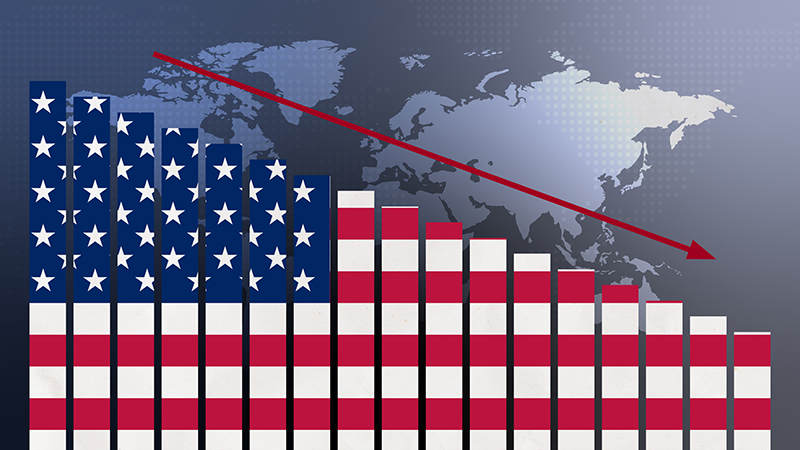December saw the launch of the China Foreign Exchange Trading System (CFETS) and a new CNY Nominal Effective Exchange Rate (NEER) index. The index was fixed at a base of 100 in December 2014 and investors were encouraged to expect greater focus on currency movements against a basket of 13 currencies, away from a sole focus on the US dollar cross.
Since then, many currencies, including sterling, have weakened against the dollar in the wake of the first Fed rate hike since 2006. The pace of China’s devaluation against the dollar has surprised the market and created uncertainty about the new currency arrangements. We think the most likely intention of the authorities is to keep the yuan relatively stable against the basket but allow it to depreciate against the dollar, in a Fed hike environment. China still has substantial FX reserves which can be used to stabilise the path of devaluation.
China also runs a large trade surplus, boosted by cheaper oil imports, with domestic expansion financed internally. So while the economy is finding it difficult to adjust to a lower growth path, talk of large scale capital flight seems exaggerated. The current account position does not suggest the need for a large devaluation on a trade weighted basis.
Going forward, the resilience of consumer demand was key to maintaining overall GDP growth in the wake of equity market falls last summer and the same applies now after the recent market volatility. China’s stock market is still relatively small and immature with most household wealth in savings and/or residential property.











